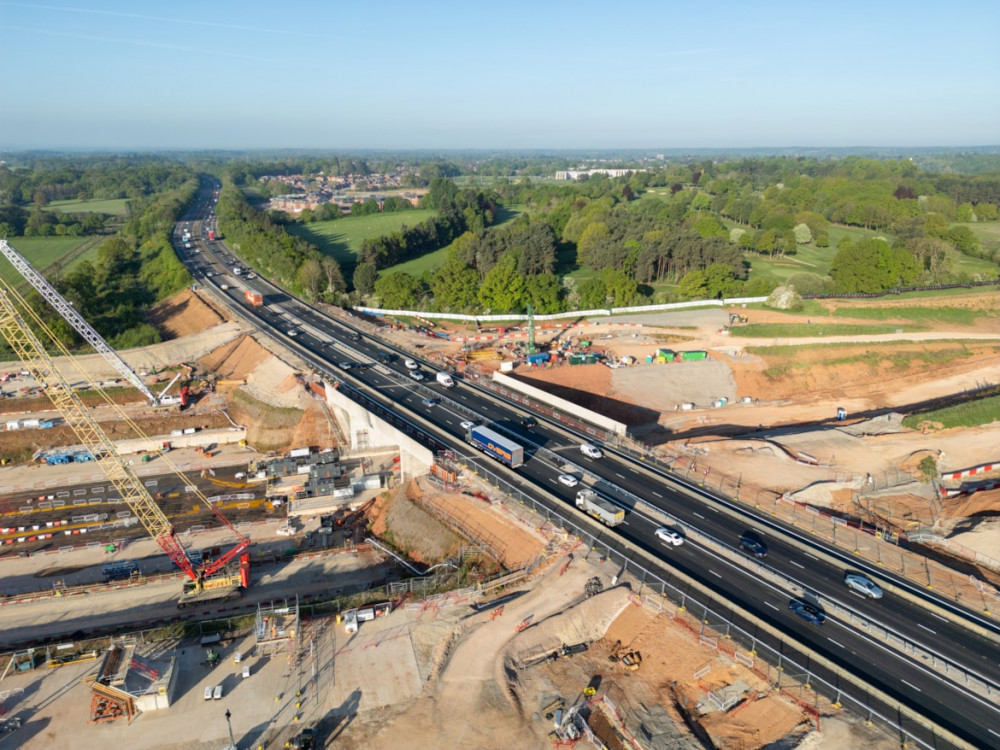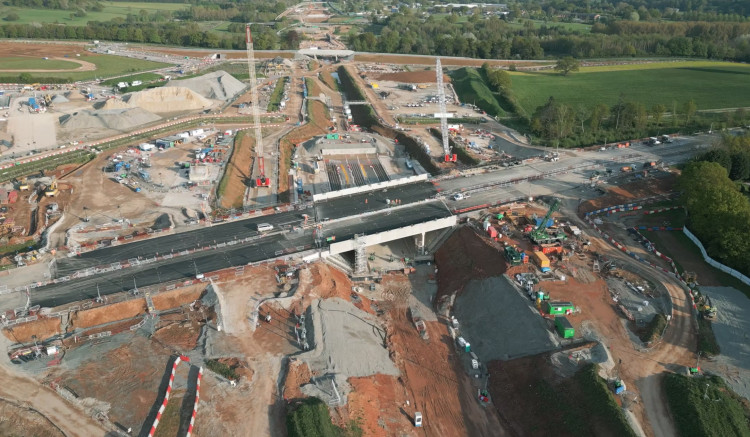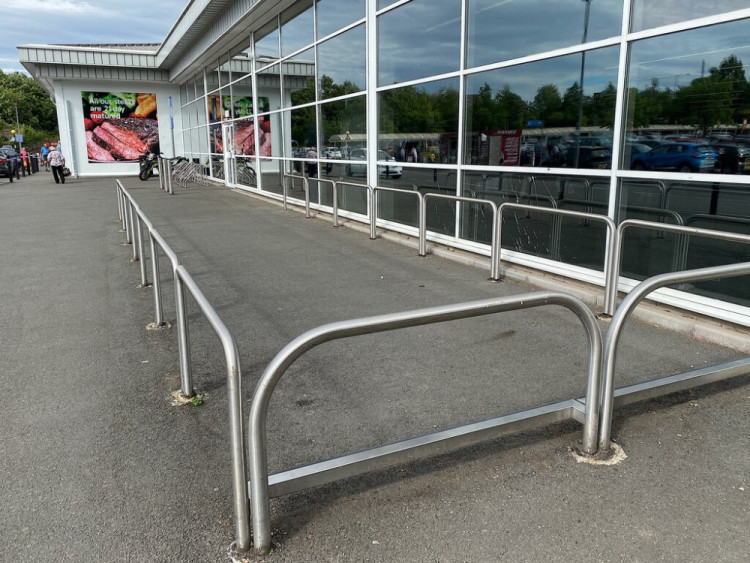GALLERY: See the reopened A46 and new HS2 bridge
By James Smith 30th Apr 2025
By James Smith 30th Apr 2025

New images shared by HS2 today (April 30) have shown the A46 reopened after a near three-week closure.
The dual carriageway has been shut between Coventry and Kenilworth since April 11 for the new bridge to be installed.
The A46 opened again last night, earlier than the planned May 1 reopening.
Over the past few weeks HS2 contractors have demolished the road surface, pushed the 14,500 tonne bridge into place and rebuilt the road surface over it.
The huge box – which weighs around the same as two new Royal Navy destroyers – is the heaviest of its kind in Europe.
It will allow high-speed trains between London and Birmingham to pass under the dual carriageway on their approach to the new Interchange station near the NEC.

Cameron Thompson, HS2 Ltd's Head of Delivery said: "It's amazing to see the A46 box in position and I'd like to thank everyone who's worked so hard to get the road open early.
"This record-breaking slide could not have been achieved without the years of meticulous planning and preparation that the team put in, working closely with our supply chain and National Highways.
"While the vast majority of the bridge is now complete, we've still got a few weeks' of lane closures to finish the central reservation and wingwalls – and I'd like to thank drivers in advance for their patience during these works."

The first stage involved the demolition of a 200m long section of the old road and the excavation of around 35,000 cubic metres of material to make space for the box to be pushed into place.
This material – mostly earth and sandstone – was stockpiled on site for reuse later.
The second stage involved pushing the 42m wide structure into position.
This was achieved over 10 hours. Specialist engineers used an innovative jacking mechanism called Autoripage, designed by specialist civil and structural engineering company Freyssinet, to push the box across on a guiding raft at an average speed of 6.5 metres per hour for a total distance of 64 metres.
Fifteen enormous jacks were used to guide the box into position, allowing engineers to gradually adjust the direction of travel with millimetre precision.

A series of holes in the base of the box allowed engineers to inject bentonite – a clay-based material – into the space between the box and the ground. This acted a lubrication to help ease the sliding operation.
During the final stage of the operation, the embankment which carries the road was carefully reconstructed, the new carriageway put into place and the road was reopened to traffic at around midnight last night – 30 hours ahead of schedule.
To allow time for the completion of the central reservation and wingwalls on either side, one lane on either side of the road will be closed until Thursday 31 July 2025.

Victoria Lazenby, National Highways Regional Director, said: "Our concern with any scheme is to minimise the impact for people using or living near our roads and certainly such a huge, complex engineering feat as this would inevitably bring some disruption.
"So to have avoided two years of lane closures and speed restrictions on one of our key routes is tremendous news. After many years working closely with HS2 and their supply chain we are delighted to see all of that planning and preparation come to fruition.
"We are grateful to people for their patience during the road closure to enable this innovative work to take place."

CHECK OUT OUR Jobs Section HERE!
warwick vacancies updated hourly!
Click here to see more: warwick jobs
Share:


















